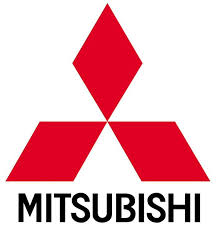Raider V6-3.7L SOHC (2006)

Electronic Brake Control Module: Description and Operation
MODULE - ANTI-LOCK BRAKES
DESCRIPTION
The Antilock Brake Module (ABM) is a microprocessor which handles testing, monitoring and controlling the ABS brake system operation.
The ABM is mounted on the top of the hydraulic control unit (HCU). The ABM operates the ABS system and is separate from other vehicle electrical
circuits. ABM voltage source is through CKT A111 (fused B+).
OPERATION
SYSTEM SELF-TEST
When the ignition switch is turned-on the microprocessor is tested. If an error occurs during the test, a DTC will be set into the memory. However it is
possible the DTC will not be stored in memory if the error has occurred in the module were the DTC's are stored.
The ABM contains a self check program that illuminates the ABS warning light when a system fault is detected. Faults are stored in memory and are
accessible with the scan tool. ABS faults remain in memory until cleared, or until after the vehicle is started approximately 50 times. Stored faults are not
erased if the battery is disconnected.
ABM INPUTS
The ABM continuously monitors the speed of the vehicle by monitoring signals generated by the wheel speed sensors. The ABM determines a wheel
locking tendency when it recognizes the axle is decelerating too rapidly. The ABM monitors the following inputs to determine when a wheel locking
tendency may exists:
-
Wheel Speed Sensors
-
Brake Lamp Switch
-
Brake Fluid Level Sensor
-
G-Sensor
-
4WD Switch (If equipped)
ABM OUTPUTS
The ABM requests the following outputs for antilock braking and brake warning information from the CCN via CAN C Bus:
-
ABS Warning Lamp
-
Brake Warning Lamp
